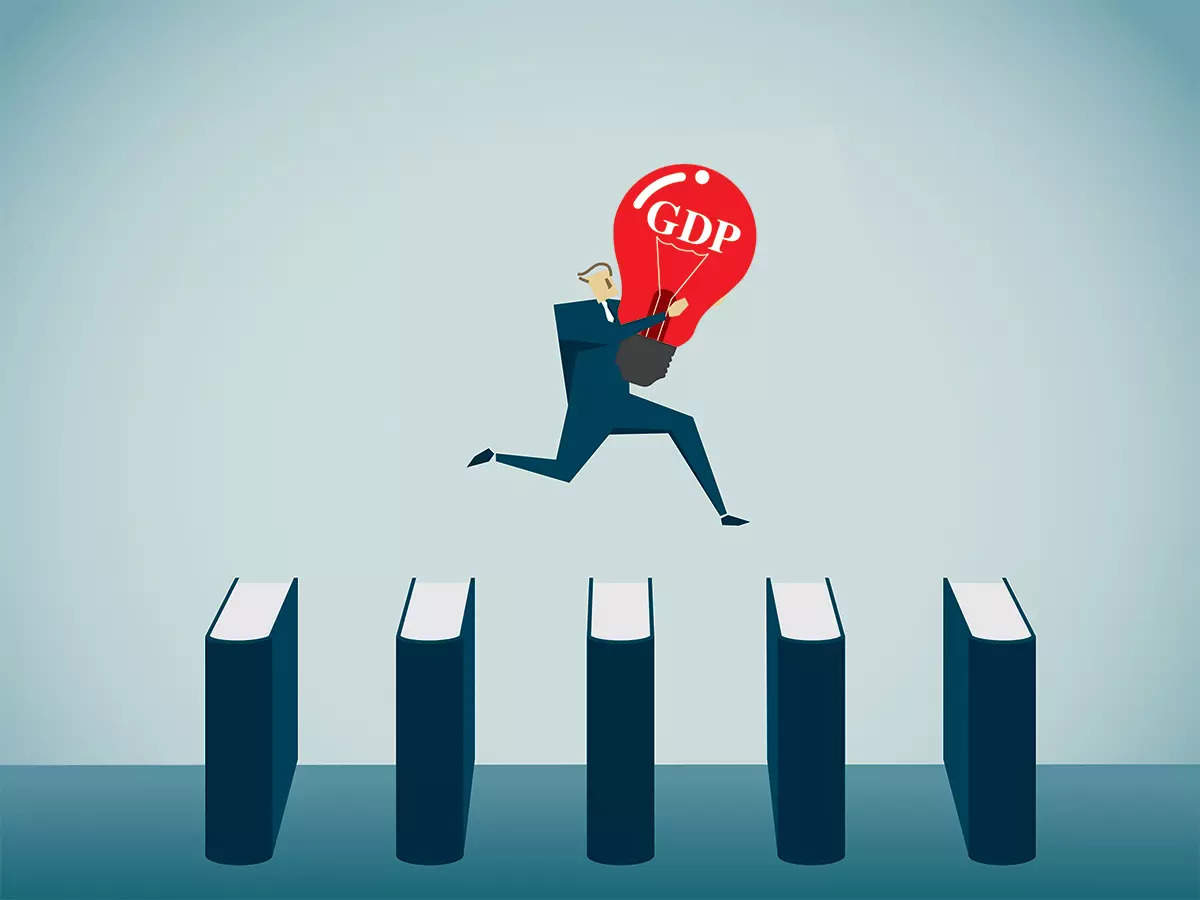India’s Growth Decline Slows, Current Account Deficit Softens to 1.8%

India’s Growth Decline Slows, Current Account Deficit Softens to 1.8%
In a significant economic forecast, CRISIL, one of India’s leading credit rating agencies, has indicated a deceleration in the decline of India’s economic growth.
The agency’s latest report suggests that the economic slowdown, exacerbated by the COVID-19 pandemic and its subsequent waves, may finally be showing signs of moderation.

Furthermore, CRISIL anticipates a gradual improvement in India’s Current Account Deficit (CAD) during the current fiscal year, which is poised to ease to 1.8%. This projection provides a glimmer of hope for India’s economic recovery and stability.
The Indian economy, like many others globally, experienced a severe shock when the COVID-19 pandemic struck in early 2020.
This shock resulted in a sharp contraction in economic activity, as lockdowns and restrictions were imposed to curb the spread of the virus. However, India’s economic recovery has been uneven, with various challenges hindering a swift rebound.
Several factors have contributed to the economic slowdown in India, including disruptions in supply chains, reduced consumer spending, and a decline in investments.

Additionally, the nation’s healthcare infrastructure was overwhelmed during the waves of the pandemic, further hampering economic activities.
Amidst these challenges, the Current Account Deficit (CAD) remained a concern, with its widening indicating vulnerability in India’s external economic position.
CRISIL’s recent report is based on a comprehensive analysis of various economic indicators and trends. Their findings suggest that the Indian economy may be gradually recovering from the severe shocks of the pandemic.
Despite global supply chain disruptions, India’s exports have shown resilience, primarily driven by pharmaceuticals, information technology, and manufacturing sectors. This has contributed to a more favorable trade balance, which is expected to help narrow the CAD.
Foreign direct investment (FDI) and foreign institutional investment (FII) have remained robust, reflecting the confidence of foreign investors in India’s growth prospects. This influx of capital has helped stabilize the external balance.

The price of crude oil, a significant contributor to India’s import bill, has remained relatively stable. This stability has mitigated the pressure on India’s CAD, as the country is a major oil importer.
The Indian government and the Reserve Bank of India (RBI) have introduced several fiscal and monetary measures to support economic growth. These include stimulus packages, interest rate cuts, and liquidity infusions, which have begun to bear fruit.
As the waves of the pandemic recede and vaccination campaigns progress, consumer confidence is expected to rebound. This could lead to increased domestic consumption, further stimulating economic growth.
CRISIL’s projections hold significant implications for India’s economic outlook. A slowdown in the decline of economic growth suggests that India may be on the path to recovery, albeit at a gradual pace. This is expected to boost investor sentiment and encourage businesses to resume investments, which are vital for long-term economic growth.
The expected softening of the CAD to 1.8% of GDP is a positive sign for India’s external economic stability. A lower CAD reduces the country’s reliance on foreign borrowings and enhances its ability to service external debt. This, in turn, can lead to a more favorable credit rating, attracting more foreign investments and potentially reducing borrowing costs for the Indian government and businesses.
However, it is essential to remain cautious as India’s economic recovery remains susceptible to various risks, such as the possibility of further waves of the pandemic, global economic uncertainties, and geopolitical tensions.

It is crucial for policymakers to continue implementing measures that support economic growth, job creation, and fiscal stability.
CRISIL’s projection of a slower decline in India’s economic growth and a reduction in the Current Account Deficit provides a glimmer of hope in the midst of economic challenges.

While the road to recovery may be gradual and uncertain, these forecasts signify positive trends that can contribute to the resilience of India’s economy.
Policymakers, businesses, and investors should closely monitor these developments and adapt their strategies to seize the emerging opportunities in India’s evolving economic landscape.




